A Guide to the Seven Senses
5 min read
Last Modified 5 September 2024 First Added 5 September 2024
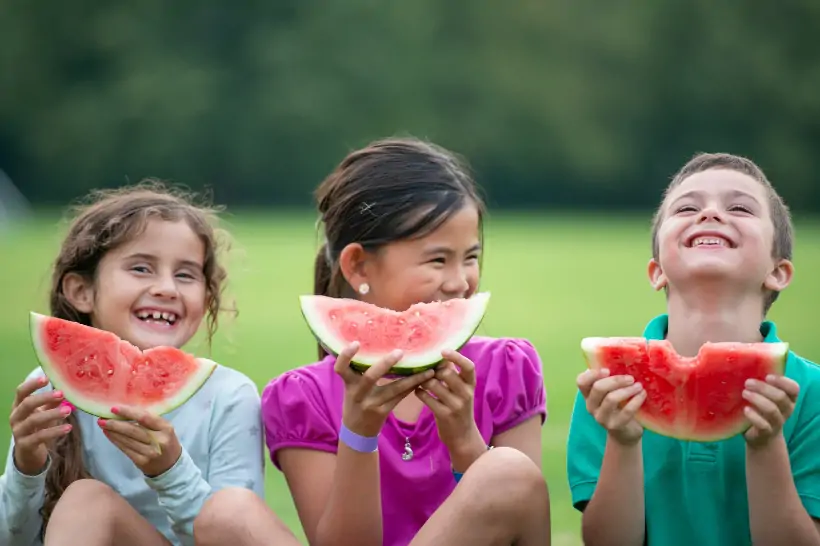
From brushing your teeth to beginning to walk, the sensory system is something all humans can apply to everyday activities. The 5 well-known senses are sight, taste, touch, hearing and smell. However, this list has been expanded to include two extra senses: vestibular and proprioception.
These two additional senses affect a child’s development, just like the five other senses. For more understanding, let’s look at all 7 senses in more depth.
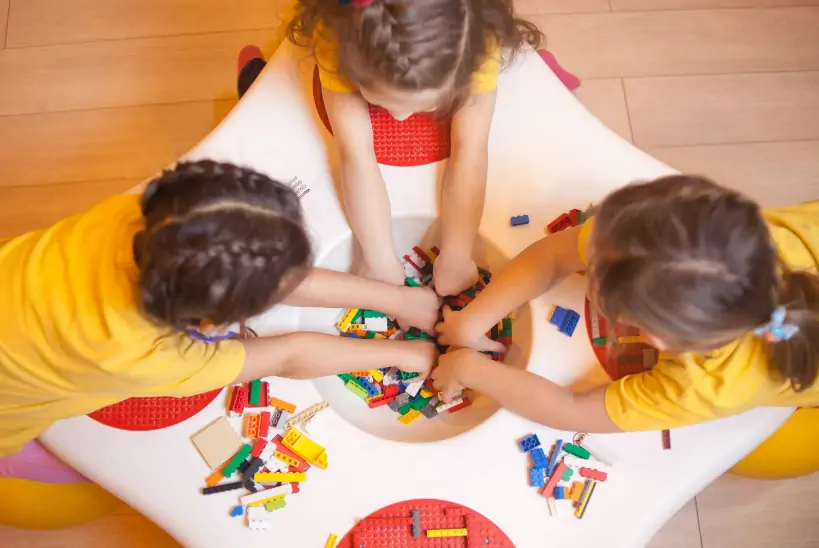
A child’s sense of touch plays a crucial role in their overall physical and emotional development. From the moment they are born, touch serves as the primary form of communication between the child and their parent, establishing essential bonds of attachment and security. The skin, being the body’s largest organ, can provide a wealth of information through touch, contributing to the child’s understanding of the surrounding environment and their emotional well-being.
Certain parts of the skin, particularly the mouth and hands, are equipped with a higher density of tactile receptors, making them more sensitive to touch compared to other areas of the skin.
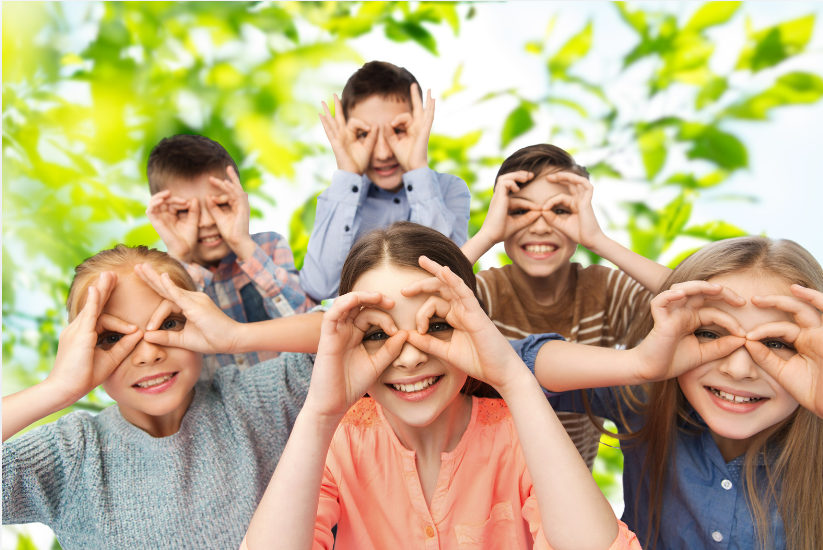
Sense of sight is a crucial factor in a child’s development as it allows them to perceive and comprehend the world around them visually. Studies have indicated that nearly 80% of a child’s learning occurs through their vision before age 12. Visual experiences play a significant role in enhancing a child’s cognitive and motor skills.
Engaging in activities such as drawing helps them refine their hand-eye coordination and spatial awareness. Reading expands their knowledge and promotes visual recognition and interpretation of symbols. Furthermore, participation in sports and outdoor activities contributes to the development of depth perception, peripheral vision, and overall physical coordination, all of which are essential for a child’s growth and development.
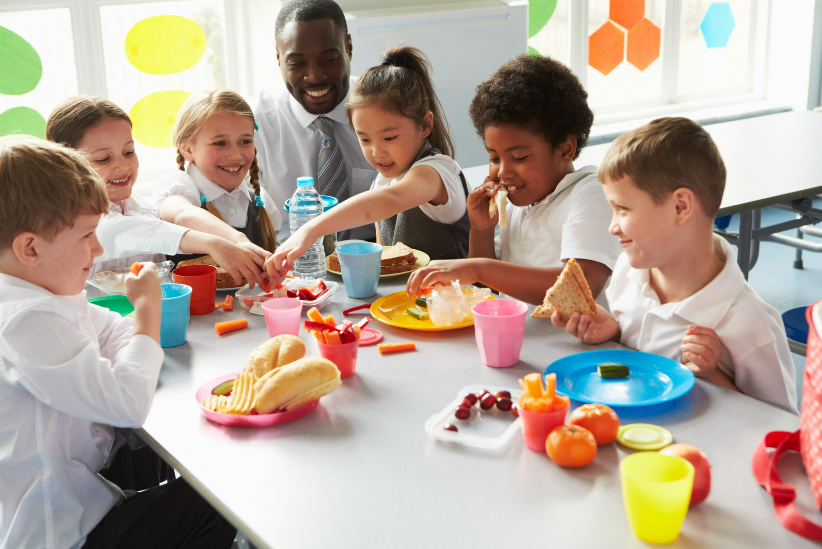
When children are exposed to a variety of tastes early on, it sparks their curiosity and encourages them to explore new foods from different cultures, leading to the development of a diverse palate. This, in turn, ensures that they receive a wide range of nutrients essential for both their physical and cognitive growth.
Positive taste experiences during childhood play a crucial role in helping children develop a healthy relationship with food, ultimately setting the stage for lifelong healthy eating habits.
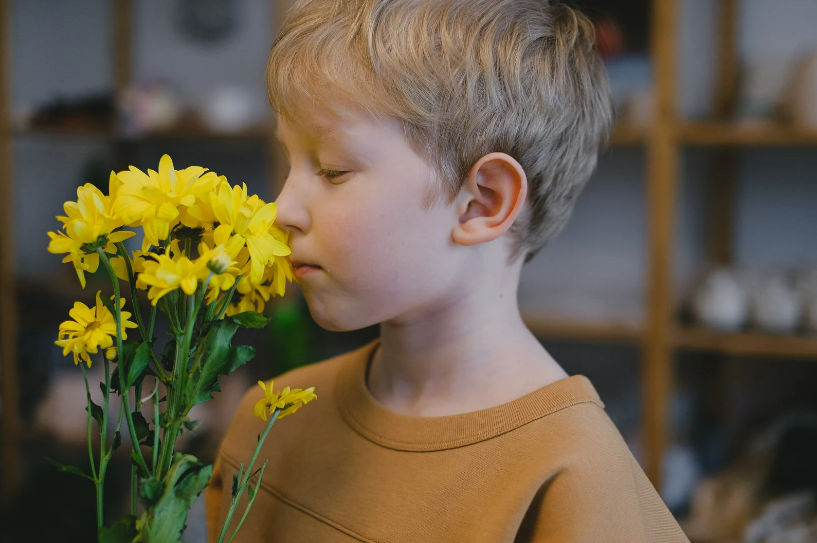
As children grow and develop, their sense of smell plays a vital role in forming connections with their surroundings. Certain scents, such as the comforting aroma of home, the familiar perfume or aftershave worn by parents, evoke feelings of security and warmth. The sense of smell is directly connected to the part of the brain that deals with memories and emotions. This link allows smells to bring back memories and evoke emotions more quickly and with more intensity than other senses. Additionally, children’s sense of smell can influence their appetite and food preferences, ultimately shaping their nutritional habits.
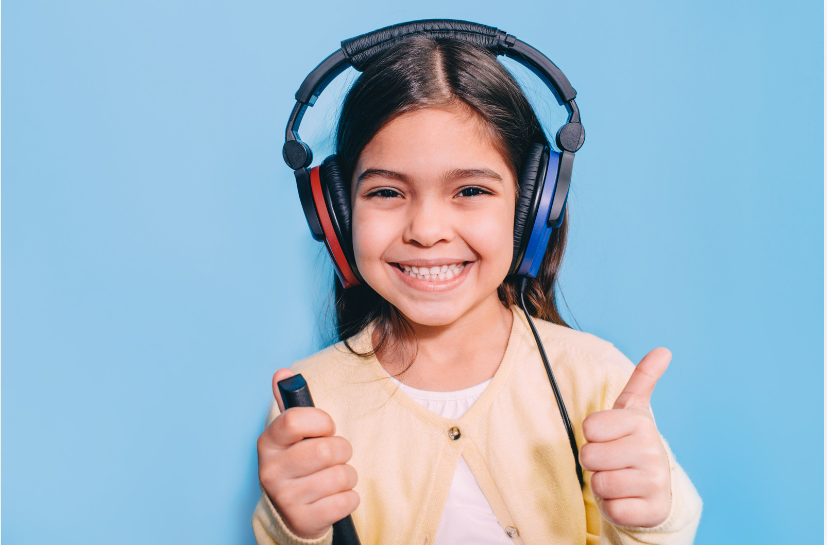
Communicating clearly with your child will help them develop their hearing and learn to copy certain words and sounds. This way, they will be able to differentiate between sounds and make common associations. Children will begin to listen to certain instructions and absorb a lot of important information. Children who engage with music often develop better memory skills because they have to recall melodies, lyrics, and sequences.
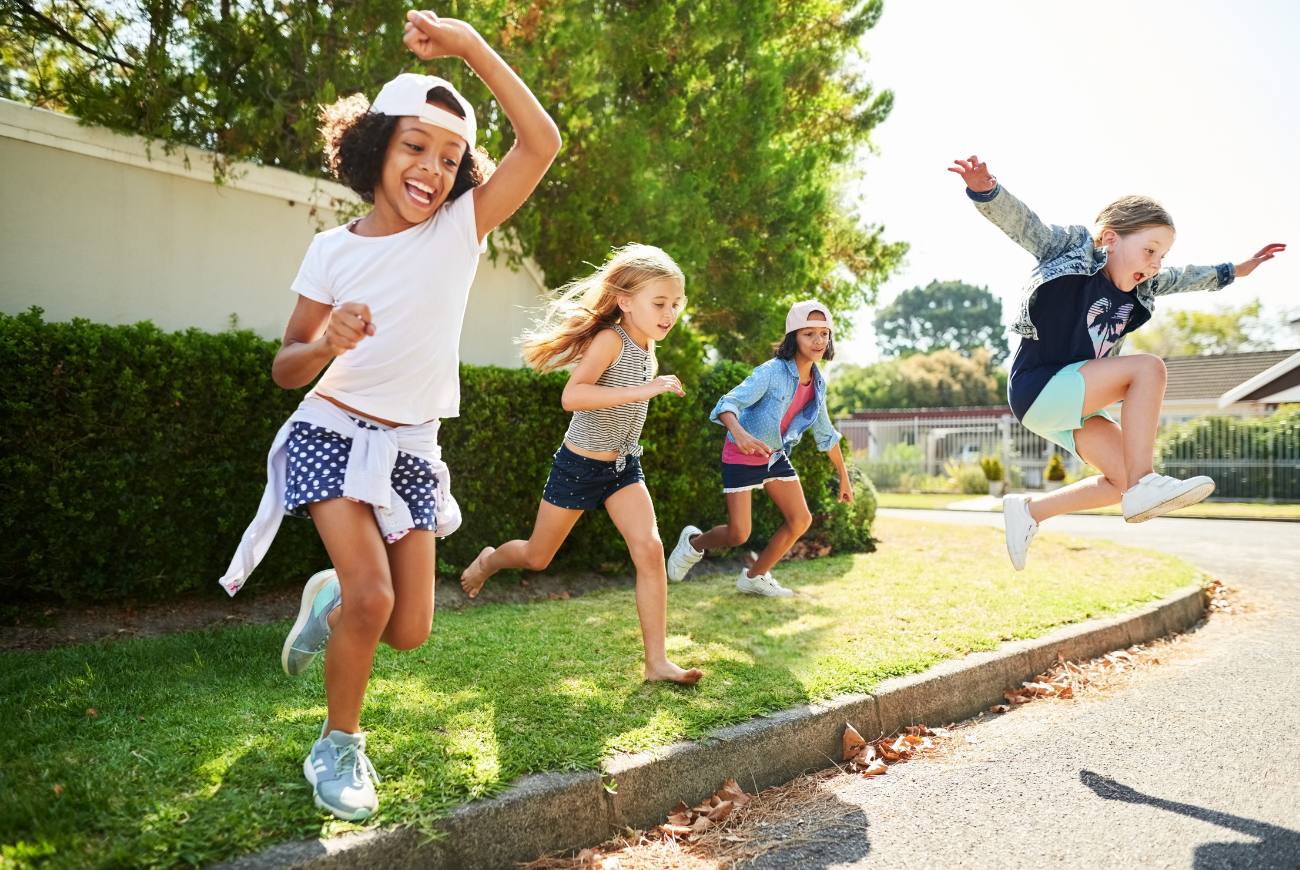
The sixth sense, vestibular, allows children to maintain balance and discover movement. This sense assists children in riding a bike or sliding down a slide. Other activities, including jumping, spinning and swinging, all target the vestibular system, allowing children to move freely. Our vestibular and visual senses work very closely with one another as they identify the speed at which we move and in what direction we are travelling.
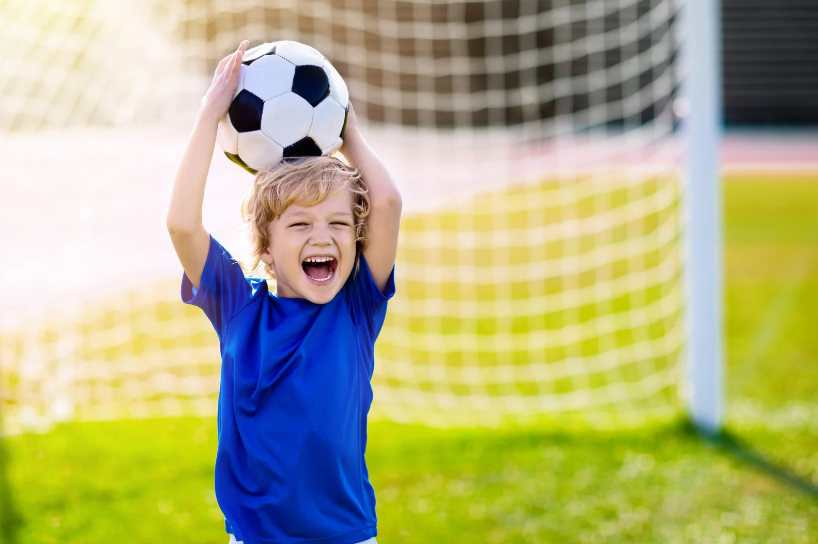
Proprioception, our seventh sense, makes children aware of their bodies. It helps with knowing where a body part is without looking at it. Activities including climbing, pushing/pulling, tightening, and pressure movements all target the proprioceptive system.
As well as parent support, there is a range of sense toys which help your child develop the relevant senses at different stages of their growth.
All seven of our senses work together, called sensory integration. Despite all our senses working independently, they all influence each other. Auditory and visual senses go well together; if the two are out of sync, this may result in problems with balance and spatial awareness.
Olfactory and gustatory senses complement each other as the strong smells will be associated with certain foods or scents. With all of our senses connected in some way, they all support one another and assist a child’s growth.
All these five senses play a crucial role in helping children to communicate, build relationships and develop cognitive skills. This enables them to gain confidence and process information in different ways. These senses will help them adapt to different environments, making them ready to navigate complex situations.
For more information, view our parenting advice blog to encourage your children to learn and grow.
Read our disclaimers.